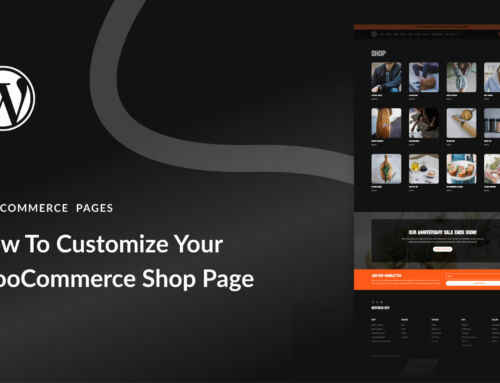Social media integrations are a great way to combine marketing efforts across channels. They help customers shop directly from social networks like TikTok and Instagram, enhancing the shopping experience with seamless e-commerce. And provide brands with valuable social data for critical customer and market insights. In this way, social media integrations help you create memorable brand experiences for your audiences, including world-class customer care.
You’re able to level up your marketing efforts through a more streamlined omnichannel strategy to improve your online presence and user engagement. Plus, you dissolve digital siloes and provide smooth customer interactions that lead to better conversions, ultimately increasing revenue.
Read on to explore the different ways you can take advantage of social media integrations to grow your business. Plus, find real-life examples of brands that use social media integrations to strengthen their omnichannel presence to provide a cohesive customer journey.
What is social media integration?
Social media integration is the practice of connecting a brand’s social media platforms with other digital tools like CRMs, e-commerce platforms or websites to create a seamless, unified experience for users. It enables customers to easily use their social media account or associated email address to interact, shop or sign in without switching between different apps or sites for an enriched omnichannel customer experience.
Social media integration also helps marketing teams have smoother social media workflows. It gives them valuable customer and market insights, helping them understand the impact of their social media efforts on conversions and brand sentiment.
Benefits of social media integrations
Social media integrations streamline customer interactions across digital platforms and provide valuable insights to marketers to achieve business goals. Here are more benefits in detail.
Streamlined workflow
Integrating social media platforms with your digital tools like CRM software, email marketing, sms marketing and analytics simplifies and automates your social media workflow. Teams can manage content creation, scheduling and performance tracking, without missing a beat. You’re also able to integrate your social platforms with customer service platforms, like Salesforce Service Cloud, to manage queries and complaints for faster customer support on social media.
Enhanced customer insights
Social media integrations help you connect your social data with your customer databases, which gives you a better, well-rounded understanding of your audience. This enables you to develop data-driven proactive marketing strategies that are personalized and targeted for better results.
Improved engagement
According to The 2025 Sprout Social Index™, some of the top factors that make brands stand out on social are how they engage with their audience and how quickly they respond to customers.
Social media integrations enable real-time interaction across platforms so your customer care teams respond faster to customer inquiries and complaints, as well as positive feedback.
This prompt and regular engagement helps create a memorable brand experience, which fosters better customer relationships.
Centralized analytics
Social media integrations with analytics tools like Google Analytics or Facebook Insights help you track performance across channels to understand how your social media efforts are influencing traffic, engagement and sales. Plus, consolidating data from different platforms into one dashboard enables you to monitor key metrics and measure performance to make data-driven decisions more efficiently. It also helps you prove your social ROI to decision-makers and leadership teams through impactful data storytelling.
Cross-channel consistency
Brands can build consistent brand messaging across multiple channels, making it easier to maintain a cohesive online presence. This consistency is a key component of how to manage multiple social media accounts effectively. By presenting a unified brand voice and aesthetic, you can strengthen your overall brand identity. For example, you can link all your social media profiles with your websites, blogs and other apps so customers can buy your products or services directly through social media posts or ads. Audiences can also share your content or engage with you on whichever platform they frequent.
How to use social media integrations in your marketing strategy
Social media integrations help you optimize your marketing strategy and improve your product offerings based on customer interactions. Here are some ways you can use integrated tools to engage customers, drive conversions, monitor sales and increase revenue.
Connect e-commerce with social media
Connecting your e-commerce to social media is one of the best marketing strategies to impact sales. For example, e-commerce social media integrations like Shopify and Facebook Shops enable you to create shoppable posts, making it easy for customers to purchase directly from your social media platforms without leaving the app.
If you already use Shopify or Facebook Shops, Sprout’s social commerce integration is a great way to streamline order management and customer information. You can increase your product awareness and add engaging sales opportunities to your content by scheduling posts with product links.











